Last Updated on November 26, 2020 by Emma
The Envelope Method is a method of budgeting that Dave Ramsey, the US financial guru recommends. It’s simple; you determine the different areas of your budget, such as food, entertainment, and travel and put each of these category names onto a separate envelope.
You then put your budget for each expenses category into each envelope in cash. Once you have spent all the money in an envelope, you’ve spent your budget for the month. You need to stop spending!
Disclaimer: This article may contain affiliate links. If you decide to use them, my blog may earn a small commission at no additional cost to you, which helps to fund more helpful articles for you to enjoy. Find out more in my Affiliate Disclosure. Nothing in this article constitutes financial, or other, advice. These are my views and the results of years of research, testing and learning.
Table of Contents
Why Use The Envelope Method?
Research has shown that people feel more pain when they pay for something using cash than a card. If you are going to use a card, then you are less likely to overspend on a debit card than a credit card.
The act of putting your budget for each type of expense into an envelope and then paying for things in cash, will keep you very focussed on how much you are spending and how much you have left. While a good budget spreadsheet arguably does the same, it can feel much more real when you pay with cash and physically count what you have left in the envelope.
An empty envelope is a powerful signal that you have spent all the money that you allocated. You do have the option to move cash across from another budget envelope if you spend more in one category and less in another.
What Categories Should I Put On Each Envelope?
It’s entirely up to you to decide which types of expenses you want to track with the envelope method. The most popular ones are:
- Food
- Clothing
- Entertainment
- Fuel
- Gifts
- Eating out
- Beauty treatments
Use a separate envelope for each expense category.
What About Expenses That I Have To Pay Online?
The envelope method of budgeting works best for items that you can pay in cash, for example, shopping that you do in a store.
You can do a partial envelope system for online spending by writing a balance on the outside of an envelope for that expense line and tracking the money you spend as you go.
What Types Of Envelopes Should I Use?
To avoid having to replace your envelopes each month, you can use plastic wallets rather than paper envelopes. You can keep track of your totals using an inserted slip of paper that you write on.
How Do I Know How Much Cash To Put In Each Envelope?
The first step is to sit down and create a budget.
Creating a budget involves the following steps:
- List your sources of income each month and make a total
- List your total income in a simple spreadsheet in Excel or even handwrite it on a piece of paper
- Review your bank statements to find out what you are spending money on
- List your expense types and their amounts in a spreadsheet or a piece of paper
- Calculate how much money you have leftover from your income after you have paid all of your monthly expenses.
You now know your current spending level.
If you have money left over at the month – well done! That is a great first start.
If you are in debt at the end of the month, then don’t despair; awareness is the first step to fixing the issue. You will need to reduce as many of your areas of spending as possible so that you live within your means, and can pay off any existing debt.
Now to set a budget, you should:
- Review each item of your spending and ask yourself: is this necessary? Can I reduce it?
- Set yourself a budget that is realistic for each item of spending and put this cash amount in the respective envelope.
If after doing this budgeting exercise, you still are spending more money on essential items than you have, you need to find ways to boost your income quickly. You may find these articles helpful:
If you are struggling to stay on budget due to debt payments, then you may want to read about How To Pay Debt Off Quickly.
What If I Run Out Of Money and Need To Spend More?
If you spend all of your cash from one envelope, then it could be a sign that you have not set the right budget for that expenses category. If more spending on this expense is essential and not a nice-to-have, then you can reduce your cash allowance for another envelope and move it over.
If you run out of cash entirely before the end of the month and have more essential expenses to meet, then it’s a sign that you need to revisit your budget and cut back further, or that you need to increase your income.
What Do I Do With Leftover Money?
Congratulations! If you have money left over, then it’s a great sign that you are managing your budget well. In this scenario, your next steps depend on where you are in Dave Ramsey’s seven baby steps. He recommends dealing with your finances in the following order, completing steps 4, 5 and 6 at the same time:
- Save a $1000 emergency fund. If you’re from the UK, then you can round this up to £1,000.
- Pay off all of your debt except for your house through the debt snowball method (you can read about this method in our article How to Pay Off Debt Quickly). In the UK, some people decide not to include their student loan debt at this stage because the student funding system is less expensive than the US model.
- Save enough money to be able to pay your expenses for three to six months.
- Save 15% of your household income for retirement – this includes contributions you and your company make in any workplace pension scheme.
- Save for your child’s education (if you have one and want to. In the UK, the student loan system is less expensive than the US model, so many families decide not to contribute).
- Pay off your mortgage early.
- Build your wealth and give to others.
Calculating where you are in the baby steps will give you Dave’s recommendation on what you should do with any leftover cash.
What Are The Benefits Of Using The Envelope Method?
The benefits of the envelope method of budgeting include:
- It’s a simple way to encourage yourself to spend less, as the typical person thinks more about handing over cash than making a card payment.
- You have a simple visual connection with your budget for different items of spending.
- It can encourage you to evaluate what is essential spending and what is a nice-to-have.
- You can no longer turn a blind eye to bad financial habits.
What Are The Downsides of the Envelope Method?
The main cons of the envelope method are:
- It only works well for items that you can pay in cash.
- There are numerous things that you must pay by direct debit, standing order, or online card payment.
- Shops are increasingly encouraging customers to pay by card due to Covid-19 and for the convenience of carrying less cash on site.
What Do You Think About the Envelope Method?
Have you tried the envelope method?
Did it work for you?
Are you motivated to try it?
We’d love to hear your experiences!
If you enjoyed this article you might also like:
- Best Side Hustles
- How To Pay Off Debt Quickly
- What is Debt Snowball?
- How To Make Money At Home Online
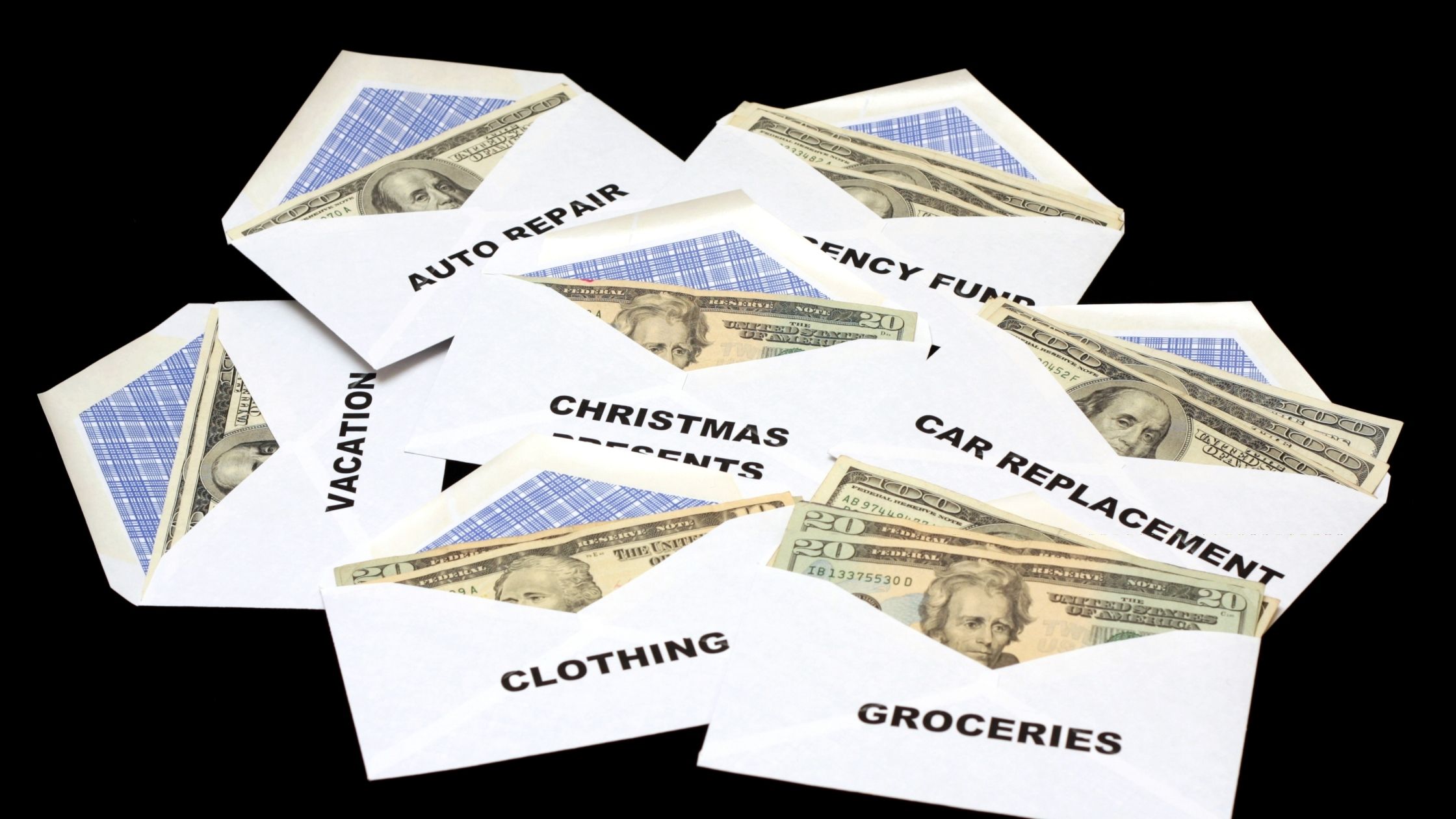
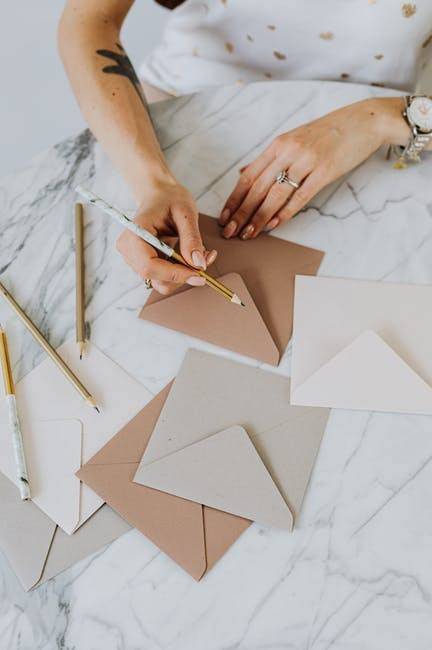
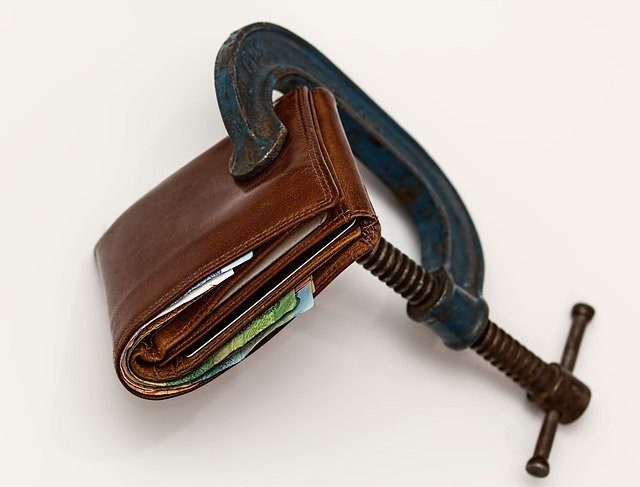
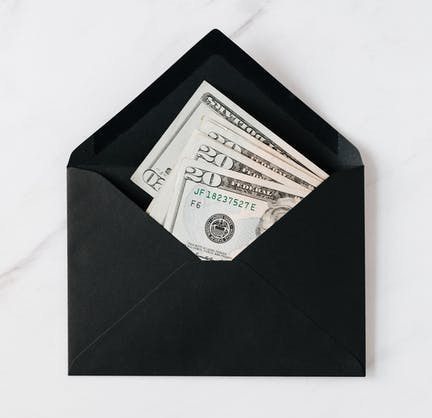
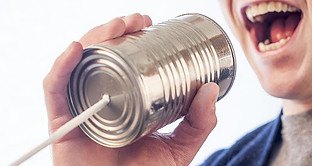
Hello,
Thanks for this article you have shared and I have to admit that it is very useful for someone learning to budget effectively. It’s the complete truth and I would love to start making use of the envelope method as well for managing my money. I’ve never considered that you feel more pain when you pay by cash rather than card, but you are absolutely right. Thanks for the information.
You are welcome Reece. I wish you every success with your budgeting. I will write more on how to budget effectively, soon.
In the meantime, you may also find these articles helpful: How to Pay off Debt Quickly: Top Tips, Tips to Start Saving Money.
There have been a lot of innovations involved in saving money which is something that has always been encouraged from a young age but I think for those that find the traditional methods difficult, using the envelope method might prove to be effective in helping them save money and learn how to budget it.
Hi Sean, I agreed. It’s a simple method that most people will get to grips with easily. If you enjoyed this article you may also like: How to Pay off Debt Quickly: Top Tips.
I hadn’t heard of this envelope method, but I do see where it could be very helpful for anyone who struggles to keep within their means or budget. I’m a big fan of paying in cash where possible, but recent world events have made that challenging when specific change is needed. Personally I think this is helpful for those on fixed incomes, but perhaps a little more challenging for entrepreneurs or those with fluctuating incomes.
Hi Aly, thanks for these great points. I agree that Covid-19 has made it a little more challenging to pay by cash.
For people with fluctuating incomes, it helps to have a bigger emergency fund as a safety net. So for example, rather than setting aside three months’ worth of expenses in savings, set aside six months so you can dip into that in an emergency in lower-income months.
This is a great and good way to budget for our expenses. Put what you want to spend on a particular issue in a tagged envelope. It will reduce spending on things we don’t need and hell us concentrate on our needs. The idea of feeling pains when we spend cash much more than when we use debit cards is true. In fact we would have had our cards debited and forgotten. Thanks for introducing the envelope method for budgeting.
You’re very welcome Parameter. Great to hear you learned something helpful from the article.
If you enjoy this, you might also like reading this article on paying off debt How to Pay off Debt Quickly: Top Tips
This is a great method I first heard about this from Dave Ramsey and I do agree it does work. I know of a few friends that use this method and they said it has helped them get out of personal debt.
By practicing this technique it does help you become more aware of your spending habits and helps create the discipline needed to build financial freedom and wealth.
Now, I would say that once this method has been mastered and it becomes second nature and all of the depths are paid off, then the process of wealth creation and legacy can begin.
Well said Gregg, it’s clear that you know your stuff! 🙂
Thanks for sharing. You may also enjoy this article on how to maximise your savings: Tips to Start Saving Money